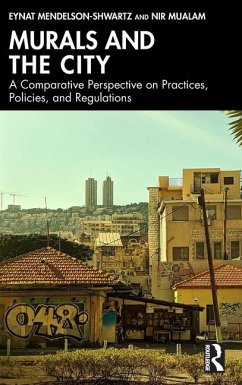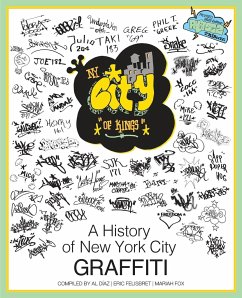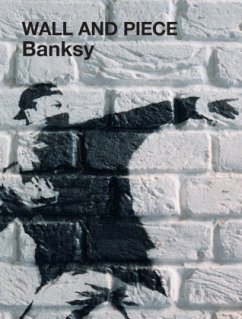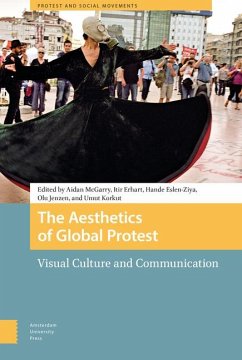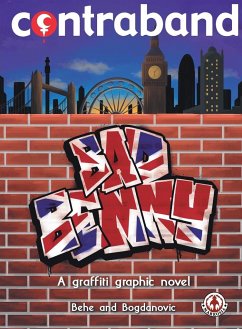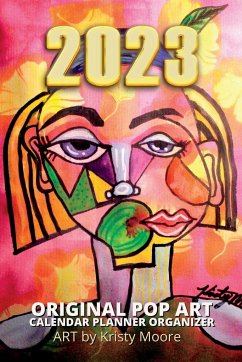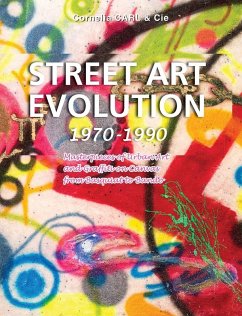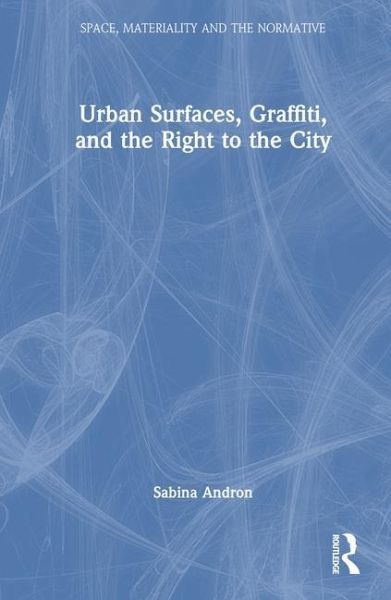
Urban Surfaces, Graffiti, and the Right to the City
Versandkostenfrei!
Versandfertig in 1-2 Wochen
185,99 €
inkl. MwSt.
Weitere Ausgaben:

PAYBACK Punkte
93 °P sammeln!
This landmark book focuses entirely on urban surfaces, on exploring their authorship and management, and their role in struggles for the right to the city.





